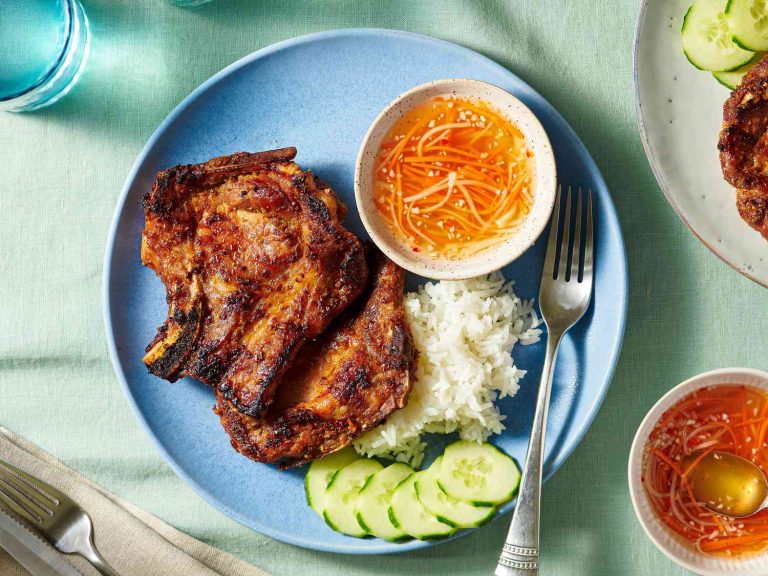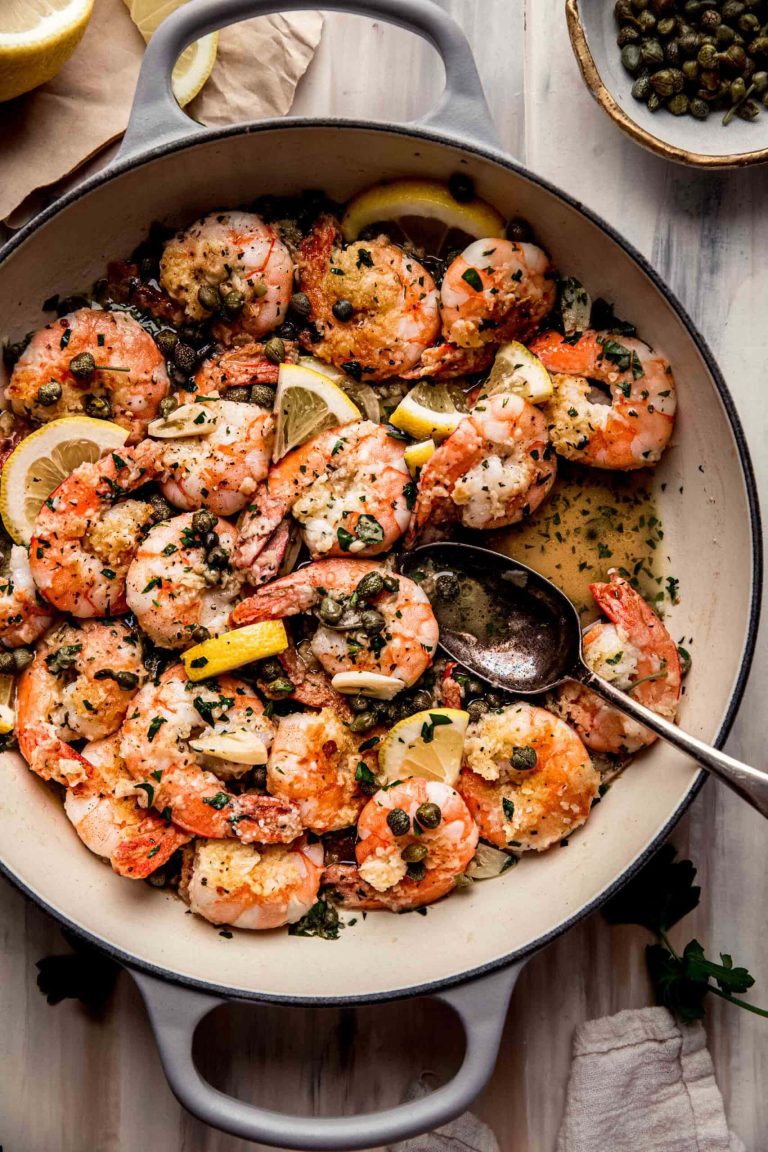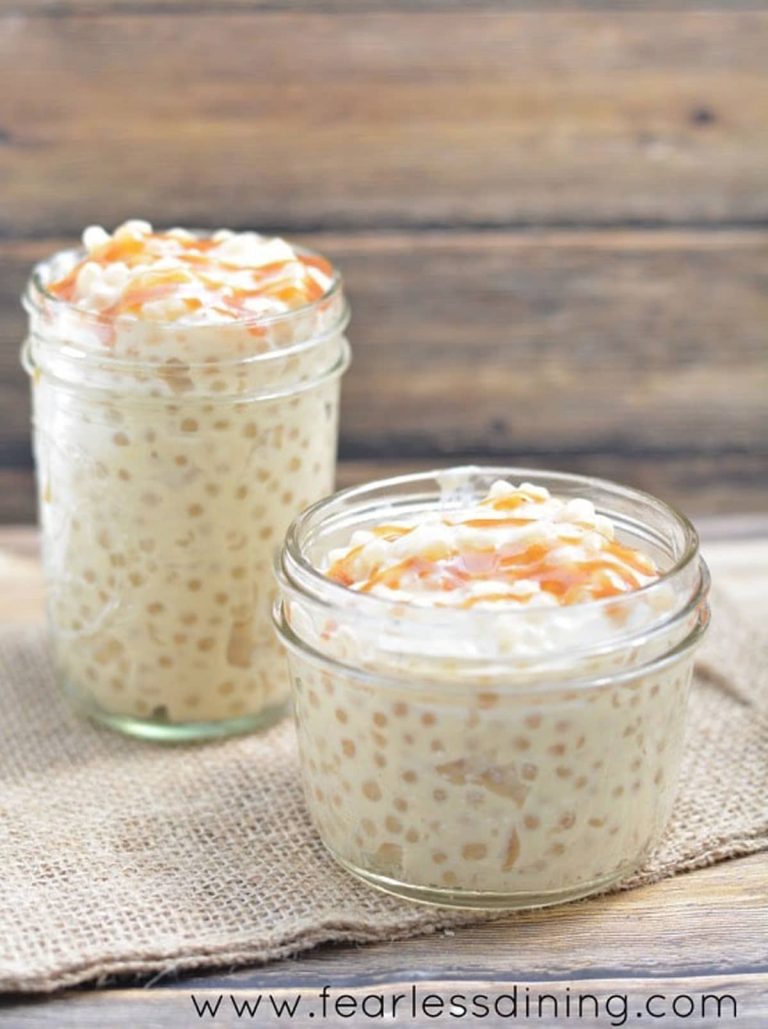Memphis Dry Rub: Tips, Techniques, and Perfect Pairings for BBQ
Memphis barbecue finds its roots in early 20th-century Southern culinary traditions. It’s characterized by a unique cooking style that emphasizes pork, especially ribs and pulled pork. Influenced by various cultures, including African American, European, and Native American, the cuisine combines methods like smoking and slow-cooking to produce tender, flavorful meat.
You can trace the prominence of dry rubs to Memphis’s preference for seasoning meat without drowning it in sauce. This technique shines in Memphis, where pitmasters take pride in their well-rounded, spice-laden rubs that complement, rather than overshadow, the meat’s natural flavors. The dry rub you use thus serves both a seasoning and a tenderizing function, helping to craft that distinctive Memphis taste.
Historical Influences on Memphis Dry Rub
Several historical influences shaped the development of Memphis dry rub. The migration of African Americans to Memphis during the early 1900s played a crucial role in spreading Southern barbecue techniques, including the use of spice rubs.
Various spices were integrated following global trade routes, leading to the inclusion of ingredients like paprika, garlic powder, and black pepper. These spices became staples in Memphis dry rub formulations. African and Native American culinary traditions emphasized bold spices and flavors, contributing to the complexity of modern Memphis dry rub recipes.
You can see how historical interactions between different cultural groups influenced the balance and variety of spices used. This multicultural influence underpins the distinctive flavor profile that sets Memphis dry rub apart from other barbecue styles.
Key Ingredients in Memphis Dry Rub
Essential Spices and Their Flavor Profiles
Paprika gives Memphis dry rubs their distinctive red color and a mild, peppery taste. It acts as the primary base for many rubs. Garlic powder adds a deep, savory element, enhancing the overall complexity. Black pepper provides a sharp, slightly spicy bite that balances the sweetness of other spices. Combined with the smokiness of the paprika, it creates a harmonious blend.
Brown sugar often sweetens the mix, helping develop a caramelized crust during cooking. Mustard powder delivers a tangy note, complementing the rub’s savory aspects. Chili powder contributes a mild heat and a layer of earthy flavor. Onion powder brings a hint of sweetness and a subtle, aromatic depth. Cayenne pepper can also be included for those who prefer a spicier kick.
Variations in Recipe Formulations
Although the core ingredients remain consistent, variations exist based on personal preferences and regional influences. For instance, some recipes incorporate cumin, adding a warm, earthy undertone. Celery salt can be added to introduce a slightly bittersweet, aromatic quality. Coriander delivers a citrusy flavor, enhancing the meat’s freshness.
Certain recipes might emphasize the use of additional sugars, like turbinado or white sugar, to adjust the sweetness level. Others might increase the amount of pepper or cayenne for a more intense heat. The flexibility in Memphis dry rub formulations allows customization to suit different meats and cooking methods, providing a unique taste experience every time.
In Memphis BBQ culture, dry rubs highlight the natural flavor of the meat, ensuring each bite offers a rich, seasoned taste without overpowering sauces.
How to Apply Memphis Dry Rub
Best Techniques for Meat Preparation
Ensure meat is clean before applying the rub. Rinse under cold water and pat dry using paper towels. Dry meat ensures the rub adheres better.
Trim excess fat. Removing large fat pieces helps even cooking and better penetration of flavors. Leave a small amount for moisture retention.
Apply a thin layer of mustard or oil. This step acts as a binder, helping the rub stick and forming a flavorful crust. Mustard is often preferred as it adds tang without overpowering.
Sprinkle rub evenly. Use your hand or a shaker to apply a consistent layer. Cover all sides of the meat.
Massage the rub into the meat. Gently press the rub into the surface to ensure it adheres. Don’t overwork the meat; a light press is sufficient.
Wrap meat in plastic wrap. Covering it allows the rub to infuse. Refrigerate for at least an hour, though overnight offers the best results.
Tips for Optimal Spice Infusion
Balance your rub. Ensure the mixture has a good ratio of sweet, savory, and spicy elements.
Use your rub generously. Don’t skimp on the rub; a thick layer forms a rich crust.
Allow time for marination. Giving the rub ample time to penetrate the meat results in a deeper flavor profile.
Smoke or grill over indirect heat. This method prevents burning and allows the flavors to develop slowly.
Adjust cooking times based on meat thickness. Thicker cuts require longer cook times to absorb flavors fully.
Use a meat thermometer. Ensuring meat reaches the right internal temperature guarantees it’s both safe and flavorful.
Reapply rub if needed. For longer cooking times, it might be necessary to add another layer of rub to maintain flavor intensity.
Following these techniques and tips ensures a flavorful, well-seasoned Memphis-style BBQ.
Pairing Foods with Memphis Dry Rub
Ideal Meats for Memphis Dry Rub
Memphis Dry Rub excels when paired with certain meats, enhancing their flavors without overpowering them.
- Pork Ribs: The most classic pairing, pork ribs absorb the rub well and develop a deep, savory crust. Smoke or grill them for the best results.
- Pulled Pork: The slow-cooking process allows the rub to penetrate and infuse the meat. Use shoulder or butt cuts for optimal tenderness.
- Chicken: Chicken thighs and wings benefit greatly from the rub’s complex flavors, making them a good choice for grilling or smoking.
- Beef Brisket: Though not traditional, beef brisket with Memphis Dry Rub creates a unique BBQ experience, particularly when cooked low and slow.
- Turkey: Whole turkeys or turkey breasts can also pair well, offering a flavorful alternative for BBQ events.
Recommended Side Dishes
Complement Memphis Dry Rub meats with these ideal side dishes.
- Coleslaw: The tangy freshness balances the rich flavors of seasoned meat.
- Baked Beans: A classic BBQ side, enhancing the smoky profile of the main dishes.
- Cornbread: Its mild sweetness contrasts with the spiciness of the rub.
- Macaroni and Cheese: Offers a creamy texture and rich taste that pairs well with the savory meat.
- Grilled Vegetables: Bell peppers, zucchinis, and mushrooms add a healthy, flavorful balance.
Pairing these foods with Memphis Dry Rub not only enriches your BBQ experience but also brings out the best in each component.
Conclusion
Embracing Memphis Dry Rub in your BBQ repertoire offers a flavorful journey rooted in rich Southern traditions. By focusing on enhancing the meat’s natural taste with a blend of paprika, garlic powder, black pepper, and other spices, you can create mouthwatering dishes that stand out. Whether you’re grilling pork ribs, chicken, or even beef brisket, this seasoning blend provides a unique and savory experience.
Pair your seasoned meats with classic sides like coleslaw, baked beans, or cornbread to elevate your BBQ feast. The combination of these elements ensures a well-rounded, satisfying meal that highlights the best of Memphis BBQ culture. Dive into the world of Memphis Dry Rub and discover the depth of flavor it brings to your culinary creations.






